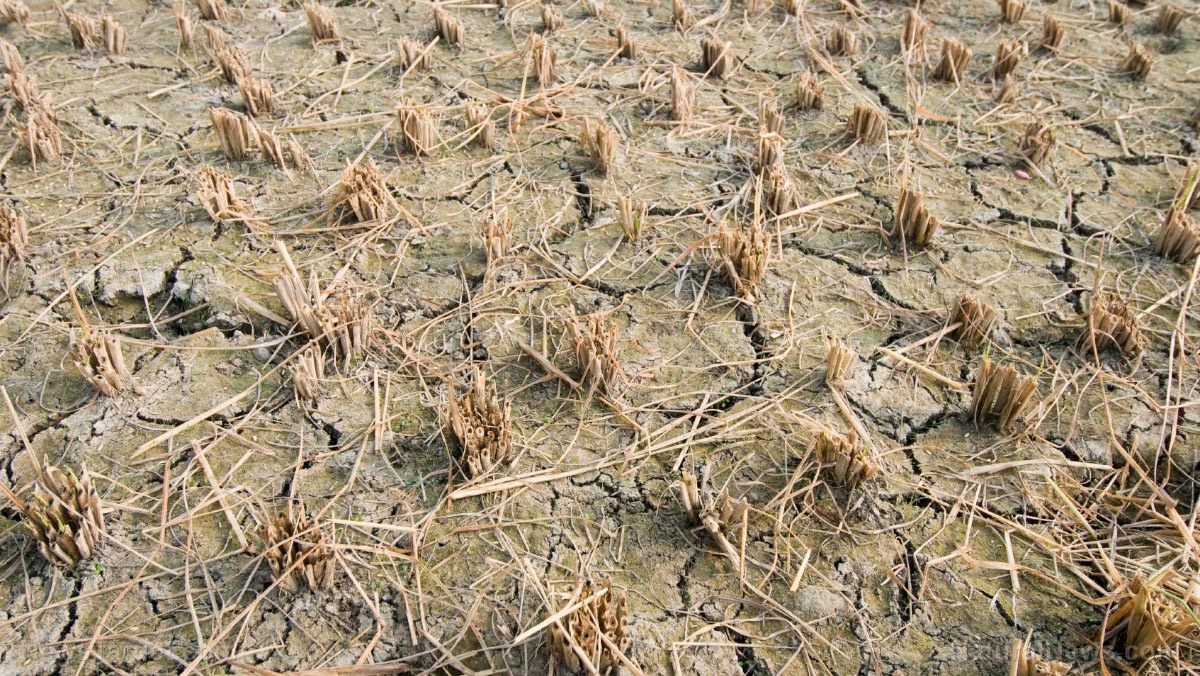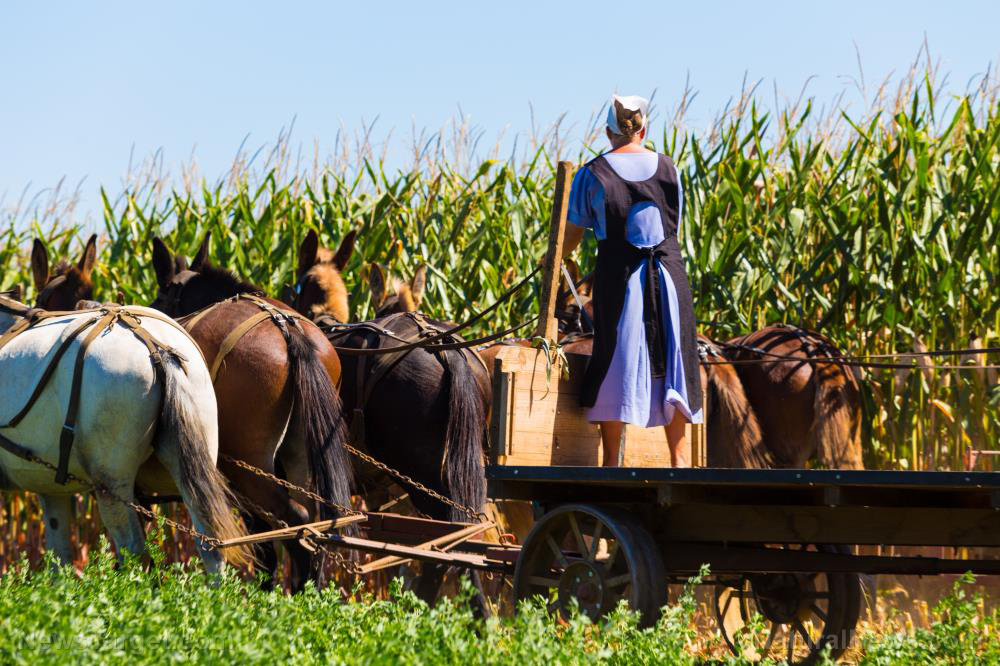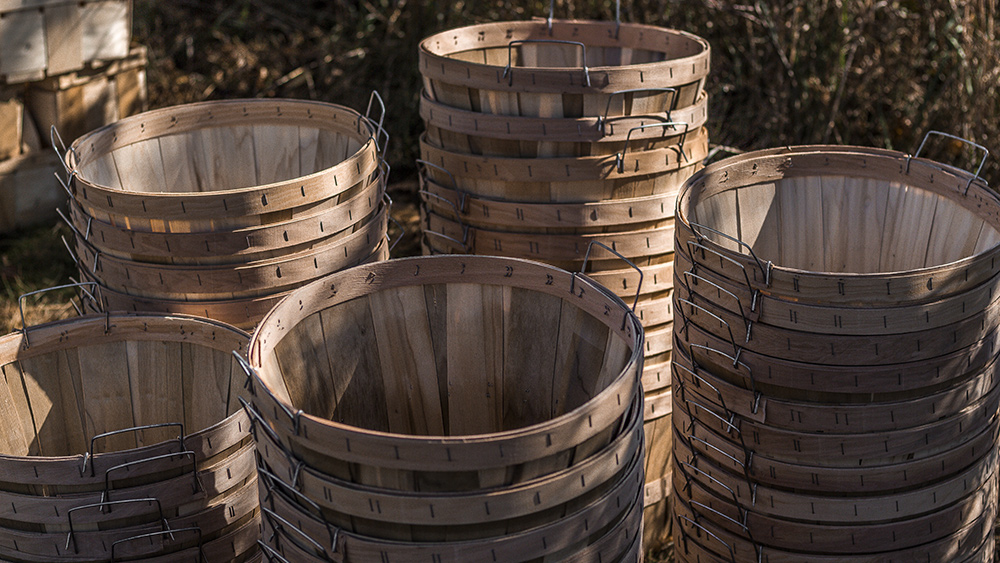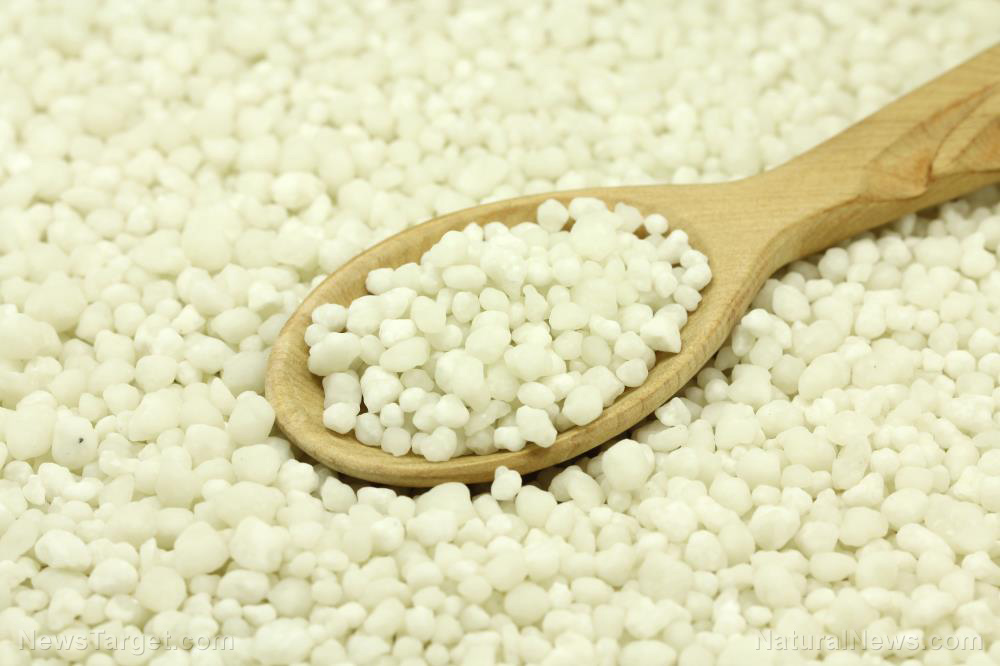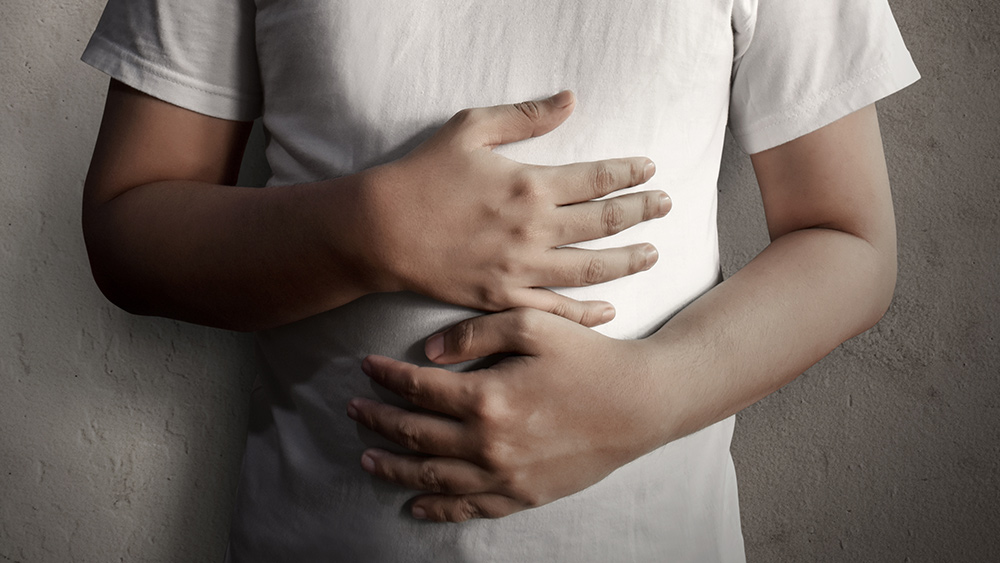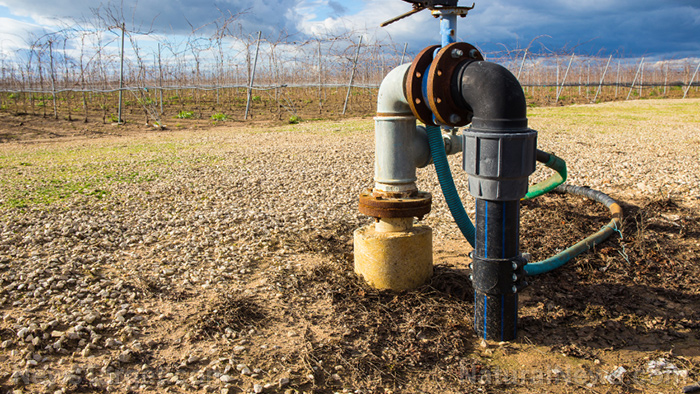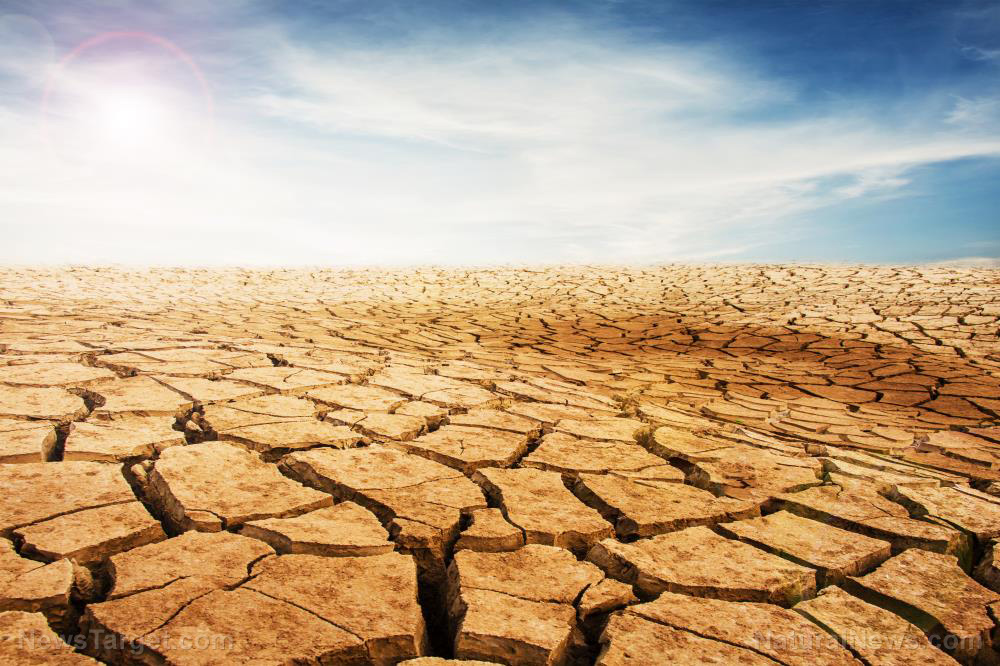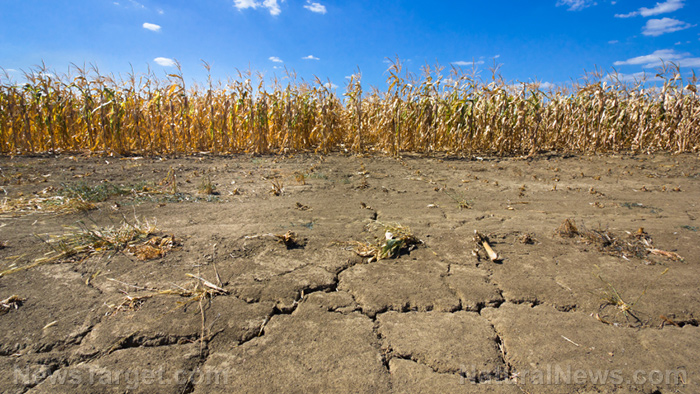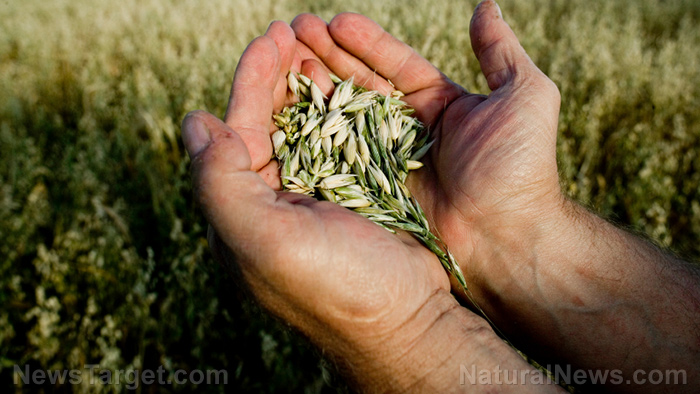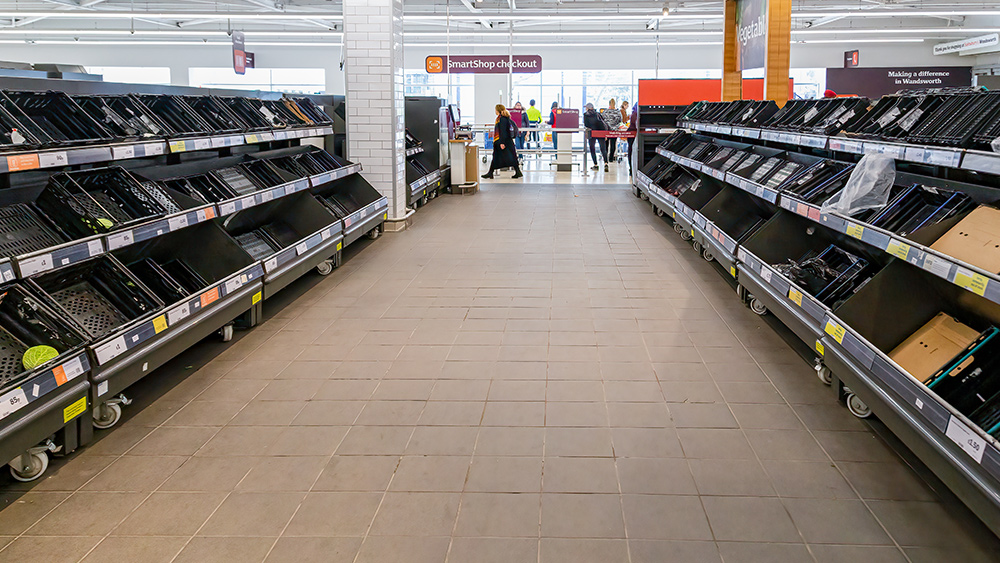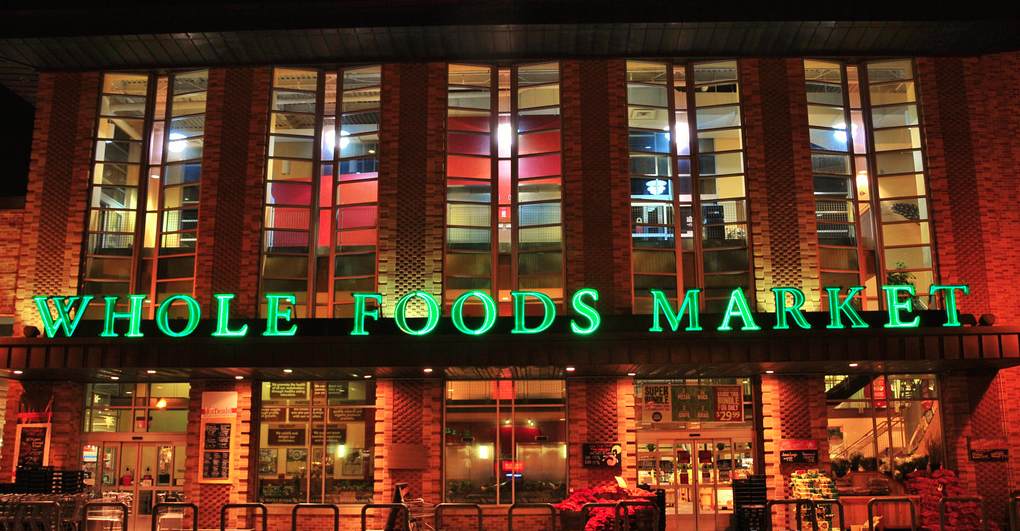Food storage basics: Avoiding the downsides of canning your own food
12/29/2020 / By Zoey Sky
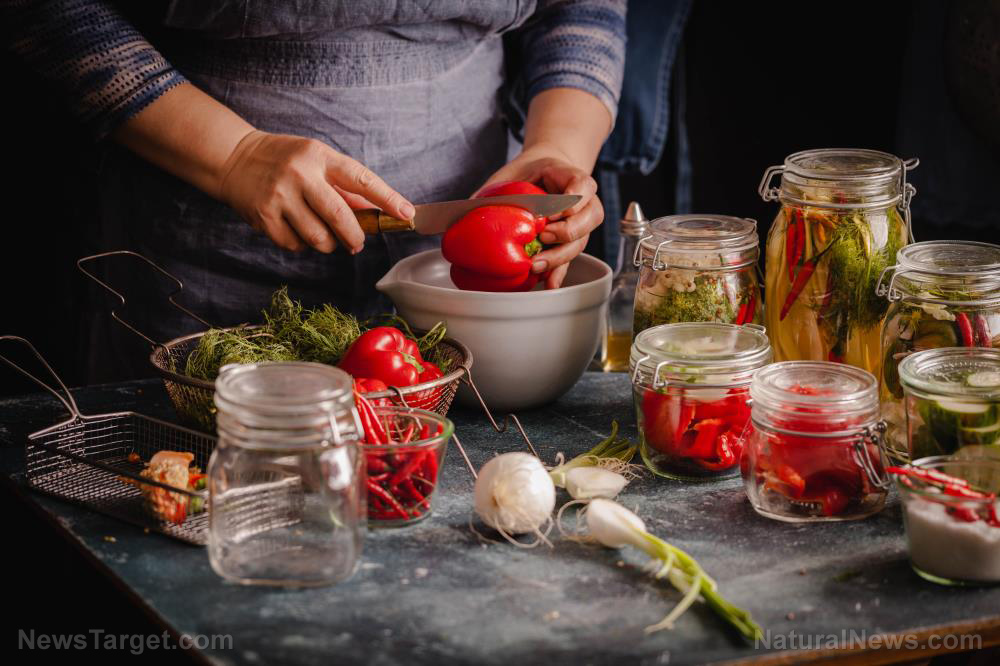
Knowing how to preserve food is an important skill. Even if disaster doesn’t strike anytime soon, having a stockpile of canned food can help you survive common prepper scenarios like a long-term power outage.
However, it’s also important to learn the basics of home canning to avoid common mistakes that might cause food spoilage and illnesses like botulism. (h/t to TheBugOutBagGuide.com)
Canning will help any prepper get one step closer to self-sufficiency. At the same time, you can improve your cooking skills and make good use of excess fruits and vegetables from your home garden.
Detailed below are more benefits of home canning:
- It’s less expensive than buying factory canned goods.
- You can create your own recipes using your favorite ingredients without any harmful additives.
- Home canning helps reduce food waste from your garden.
- Canned food saves freezer space and doesn’t require refrigeration.
The importance of canning safety
Follow proper canning safety guidelines to avoid any health issues caused by consuming food that hasn’t been prepared properly. Even small amounts of bacteria in canned goods can cause foodborne botulism, a potentially fatal illness caused by the toxin produced by the bacterium, Clostridium botulinum.
Symptoms of botulism include:
- Blurred vision
- Difficulty breathing
- Drooping eyelids
- Dry mouth
- Muscle weakness
- Slurred speech
These symptoms may take hours to appear, and some may manifest 18 to 36 hours after consuming contaminated food. If not addressed promptly, botulism can cause paralysis of the arms, legs, torso and the respiratory muscles.
C. botulinum remains dormant and harmless unless the right conditions exist, like those in canned goods. Bacteria can thrive in environments with moisture, low acidity, less than two percent oxygen and a temperature between 40 to 120 F.
Making food that L.A.S.T.S.
To make things easier to remember, keep the acronym L.A.S.T.S. in mind:
- Lids
- Altitude
- Size
- Time
- Storage
Lids
Canned food needs a tightly sealed lid to preserve freshness.
Food must remain vacuum sealed and to ensure this, you need to place your filled jars in a hot water bath or pressure cooker or canner, then let them cool. When the jars have cooled to room temperature, check the seal and examine all jars for any leakage.
Before canning, inspect the rims of the jars you will be using for chips or cracks. (Related: The homesteader’s kitchen: Tools and ingredients you need to preserve food before SHTF.)
Jar lids that have been pre-treated with paraffin should only be used once since the heating process used in canning deforms the paraffin to create a seal. Once deformed, these lids won’t seal properly.
You can reuse the metal rings or bands if you have extra paraffin-coated disks.
Use bisphenol A (BPA)-free reusable lid kits with rubber or silicone gaskets to create a seal. When used and stored properly, you can use these lids for a long time.
Altitude
When boiling canned foods, you need to factor in the altitude because it affects boiling time and temperature.
At high altitudes, the boiling temperature is lower, meaning you need more time during the boiling phase since water will not exceed its boiling temperature even if the burner is set too high. If you’re located at 2,000 feet above sea level or more, adjust your boiling time and temperature.
Check this article from the United States Department of Agriculture (USDA) to learn more.
Size
When buying canning jars, choose containers that are tall and thin.
All the contents in the jar must reach the desired temperature and using taller, thinner and less voluminous jars ensures uniform heating. If you use jars that are too big or too wide, your canned food may end up overcooked on the outside but poorly sterilized on the inside.
Time
How much time you spend processing canned food will depend on the ingredients that you are canning.
Processing time is affected by the acidity of the food: Highly acidic foods or those with a pH of less than 4.6 need a shorter processing period. This can take anywhere from five to 85 minutes, depending on the type of food, since acidic ingredients naturally inhibit bacteria.
Meanwhile, low acid foods, or those with a pH of more than 4.6, need a longer processing time. This can take anywhere from seven to 11 hours, ideally at a temperature of 240 to 250 F.
When home canning food, follow the instructions for your pressure cooker so you have the correct time and pressure settings for your recipe. To be safe, set a timer to keep track of cooking times.
Storage
Storage for home-canned food contains two factors: storage conditions and shelf life.
- Storage conditions – Home-canned food must be stored in a room with a steady temperature somewhere between 50 to 70 F. Never store canned food in areas near heating vents or other devices that emit heat as higher temperatures can affect the integrity of the seal and cause food spoilage. Choose a room with low humidity and dark lighting. Low humidity will help maintain metal lids because it prevents rusting, while darkness is ideal since UV rays from sunlight may degrade nutrients and cause spoilage. Finally, choose sturdy shelves that can safely store canned food.
- Shelf life – Home-canned foods usually have a shelf life of one year. High-acid foods like tomatoes may last for 12 to 18 months while low-acid foods can last from three to seven months. Discard jars with tell-tale signs of spoilage like bulging lids, discoloration, mold, leakage or unusual smells. Organize your stockpile by clearly labeling all jars. Use the oldest canned food first so you can keep track of your supplies and rotate out the older jars as you add new ones.
Follow these tips while home canning produce from your garden to ensure that the items in your food supply are still safe to eat when SHTF.
Sources include:
FSIS.USDA.gov [PDF]
Submit a correction >>
Tagged Under:
canned food, disaster, Food Preservation, food safety, Food storage, food supply, home canning, homesteading, off grid, preparedness, prepper, prepping, self sufficiency, SHTF, survival food, tips
This article may contain statements that reflect the opinion of the author
RECENT NEWS & ARTICLES
COPYRIGHT © 2017 FOOD SUPPLY NEWS



